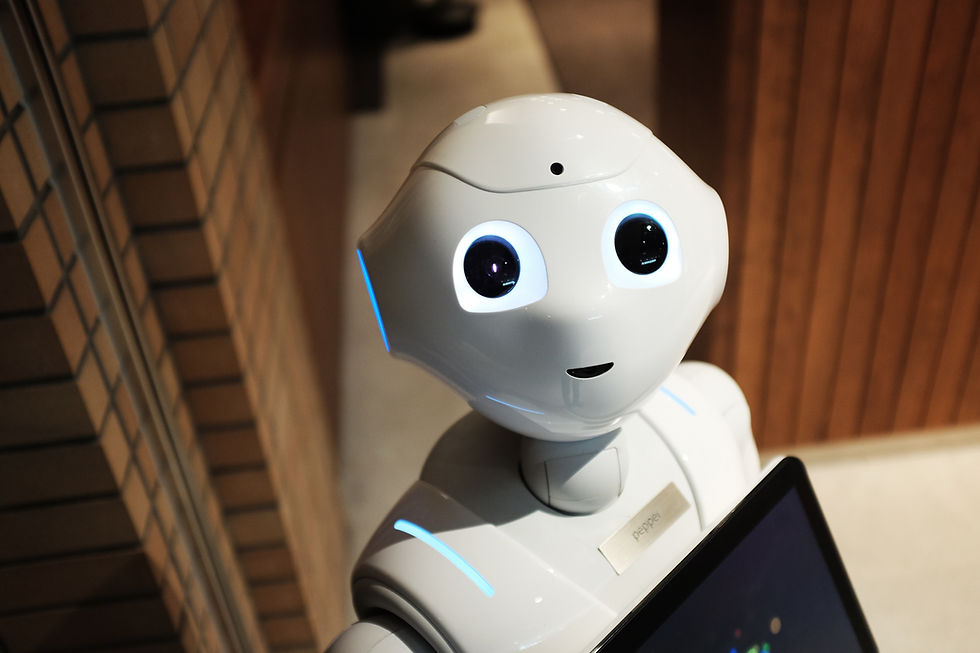Decades ago, getting machines to learn how to perform tasks or execute commands on their own seem like science fiction.
But all that is in the past now!
Thanks to technological advancement, machines can now learn new things on their own — without human intervention. Isn't that amazing?
The idea of machines learning to make decisions may seem confusing. But not to worry, we help you understand how it works and the science behind it. We can feel your excitement already. So, let's get to business already.
What is Artificial Intelligence?
To help you understand what Artificial Intelligence (AI) is, we will start with an illustration. Okay?
So, what happens when you touch a hot object? You feel pain and quickly remove your hands. The sensation of pain you got from the event (in this case, burning your hands) gets stored in your brain as an experience.
The next time you see a hot object, your brain will recall the previous experience and give you a signal not to repeat the event by touching the hot object. This process is called Learning, and that's how humans learn new things and make different decisions based on experience. Hopefully, that illustration helped.
Hold that thought, and let's put it in the context of machines. Artificial intelligence is a branch of science that helps machines learn new things like humans.
These machines, computers are equipped with large storage space to store tons of information they can reference in the future. The ability of devices or computers to store and process data enables them to make intelligent decisions in record time — as humans do.
What's the Science behind Artificial Intelligence?
Comparing different events or scenarios and making decisions based on logic makes a machine intelligent — and this is the science behind Artificial Intelligence (AI).
Here is something to think about, and hopefully, you will learn more artificial intelligence.

How does the pressing iron know to turn itself off when the temperature is too high?
That is artificial intelligence in another form. It may not have learned to turn itself off from experience, but it responded to a stimulus or signal (being too hot) and made a decision based on that.
Can Machines Think Like Humans?
Often, this question pops up whenever artificial intelligence is discussed, and many people find it confusing to understand.
It's almost impossible to explain this aspect of artificial intelligence and not get technical — but we will keep things simple.
Have you heard about the Computer Neural Network?
Machines, or in this instance, computers rely on a neural network to help them learn and think like humans.
What is the neural network?
In simple words, the neural network refers to computer programs intended to recreate the human brains' functions in computers. You can think of the neural network as the human brain cells that help collect and store information and identify patterns.
The ability of computers to recognize patterns takes them to another level because they can predict to a large extent what the outcome of events will be based on experience or information in their memory.
That's pretty much all there's to know about artificial intelligence. If you would like to learn more about this subject, feel free to surf our blog.

Comments